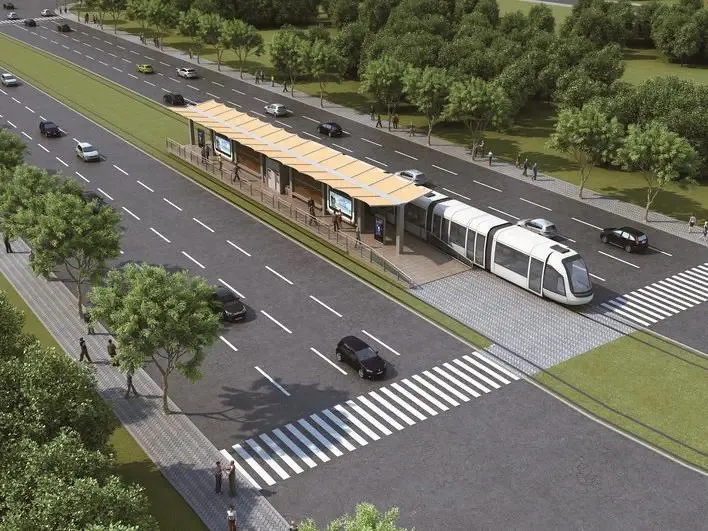Thales is to design, integrate and install an advanced passenger information system for the extensions to Delhi Metro Line 6, part of the Delhi Metro Phase 3 expansion programme. This new project, for the Delhi Metro Rail Corporation (DMRC) will cover nine elevated and seven underground stations, distributed over three sections of line with a total length of 23 km. It is scheduled to be commissioned in February 2015. The Thales passenger information system uses a single software platform to enable the Delhi
April 26, 2013
Read time: 2 mins
This new project, for the Delhi Metro Rail Corporation (DMRC) will cover nine elevated and seven underground stations, distributed over three sections of line with a total length of 23 km. It is scheduled to be commissioned in February 2015.
The Thales passenger information system uses a single software platform to enable the Delhi Metro to generate and distribute real-time traffic-related information across the network. It will include an integrated and synchronised audio passenger announcement system, a visual passenger information system and a time information system.
Prashant Rao, chief signal and telecom engineer for the Delhi Metro, commented: “DMRC has had a long-standing relationship with Thales since the Metro programme was first launched in 2001. Thales was our chosen partner for the passenger information system for Phases 1 and 2. This new project is the natural continuation of the Phase 2 expansion programme with a trusted and reliable supplier.”









